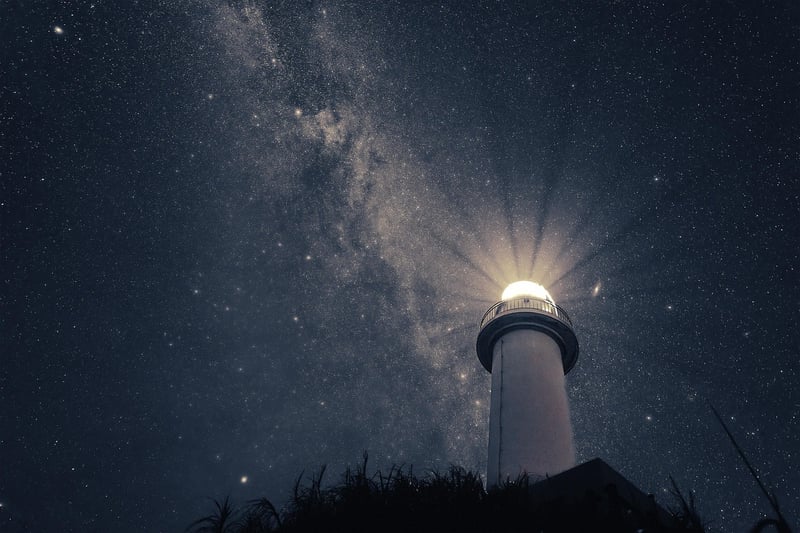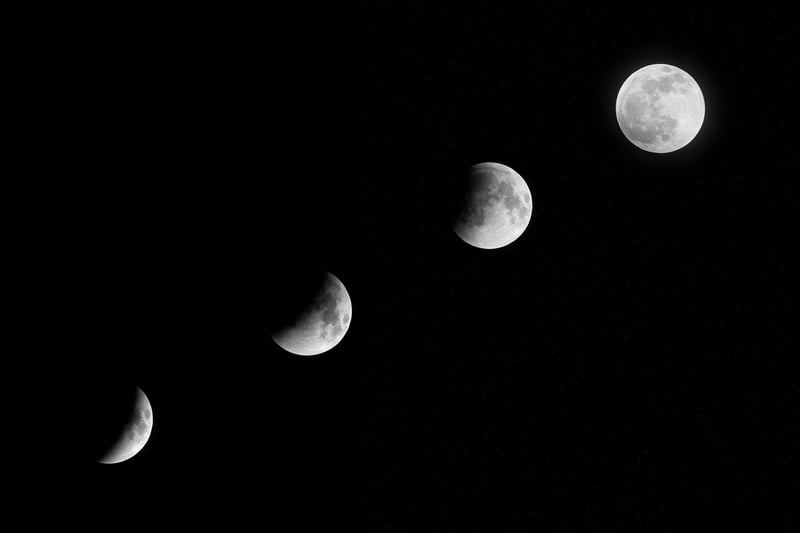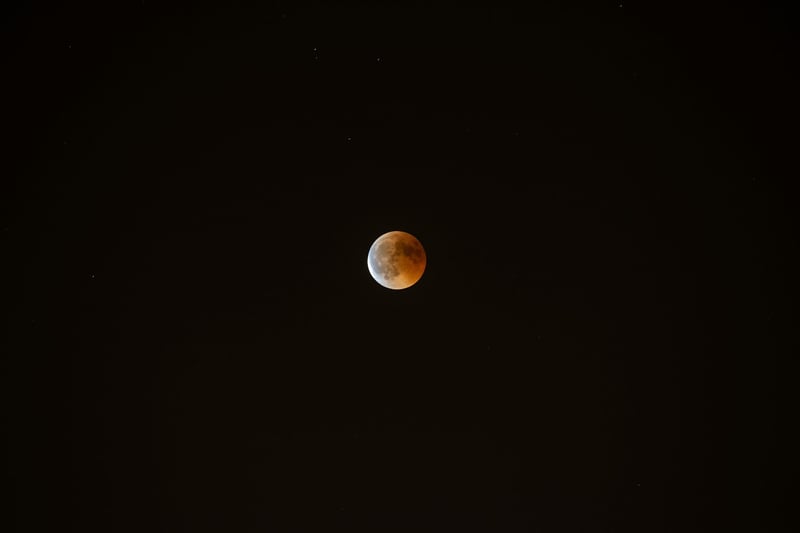Eclipses
The Wonders of Celestial Phenomena: A Guide to Eclipses
From the dawn of time, humans have gazed at the skies in wonder, marveling at the celestial phenomena that unfold above us. One of the most captivating events in the sky are eclipses, where the sun, moon, and Earth align in a mesmerizing display of cosmic ballet. Let's delve into the world of eclipses and uncover the magic behind these awe-inspiring events.
What is an Eclipse?
An eclipse occurs when one celestial body moves into the shadow of another celestial body. There are two main types of eclipses that we experience here on Earth: solar eclipses and lunar eclipses.
Solar Eclipses
A solar eclipse happens when the moon passes between the sun and Earth, blocking all or part of the sun's light. This creates a stunning visual where the moon appears to cover the sun, casting a shadow on Earth.

Lunar Eclipses
On the flip side, a lunar eclipse occurs when Earth moves between the sun and the moon, creating a shadow on the moon. This phenomenon gives the moon a reddish hue, often referred to as a "blood moon."

Types of Eclipses
Within solar and lunar eclipses, there are different types based on the alignment and positioning of the sun, moon, and Earth.
Partial Eclipse
A partial eclipse occurs when only a portion of the sun or moon is obscured by the other celestial body.
Total Eclipse
A total eclipse is when the sun or moon is completely hidden by the other body, creating a surreal moment of darkness in the middle of the day.
Annular Eclipse
An annular eclipse happens when the sun appears as a bright ring, or annulus, around the dark silhouette of the moon. This occurs when the moon is farther away from Earth, making it appear smaller and unable to cover the entire sun.
Where to Witness Eclipses
Eclipses can be observed from various locations around the world, depending on where the alignment occurs. Some regions may experience total eclipses, while others may only see a partial eclipse.
To catch a glimpse of these celestial wonders, keep an eye on eclipse schedules and consider traveling to prime viewing locations for an unforgettable experience.
Remember to always use proper eye protection when viewing solar eclipses to avoid damaging your eyes.
Let the enchanting beauty of eclipses inspire you to look up at the sky and appreciate the wonders of our universe.
Happy stargazing!
